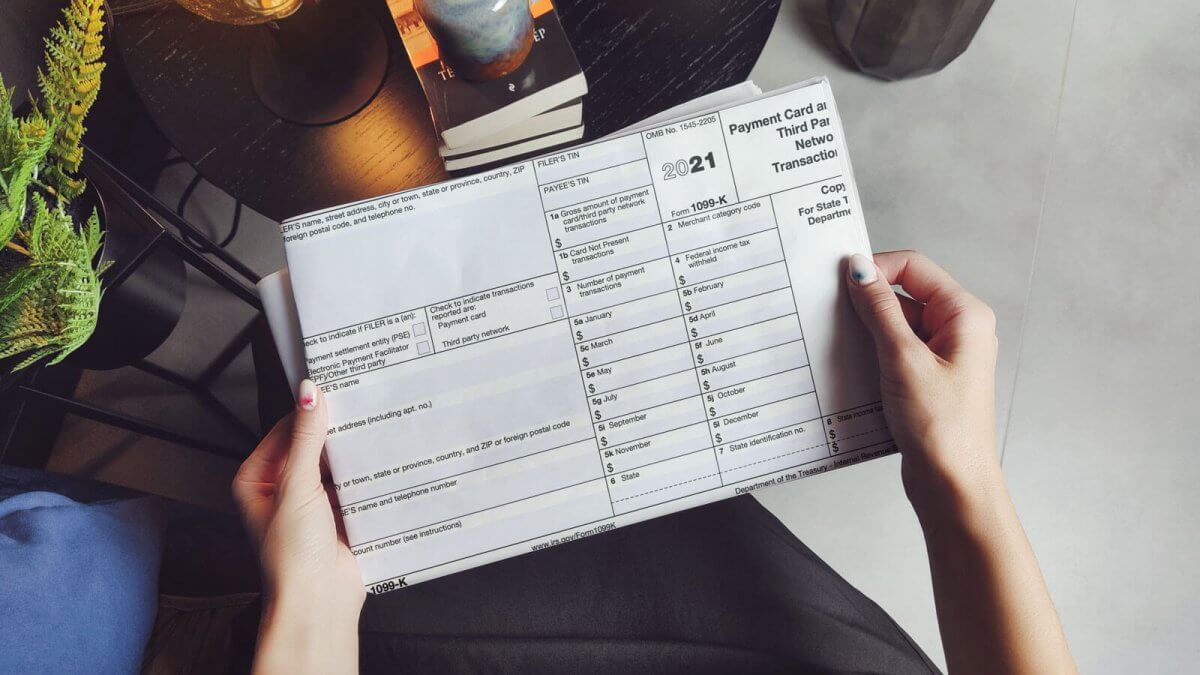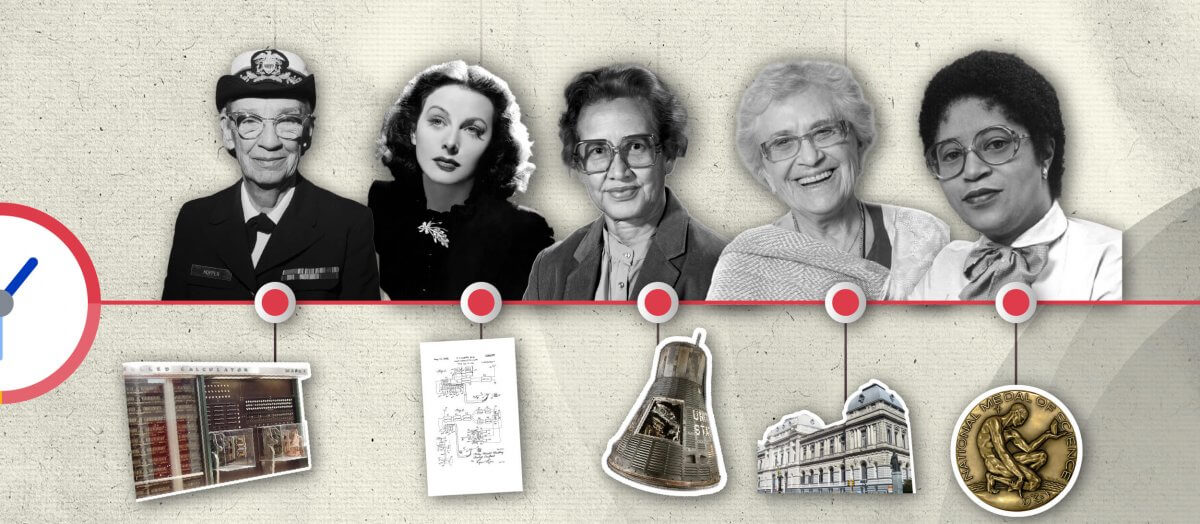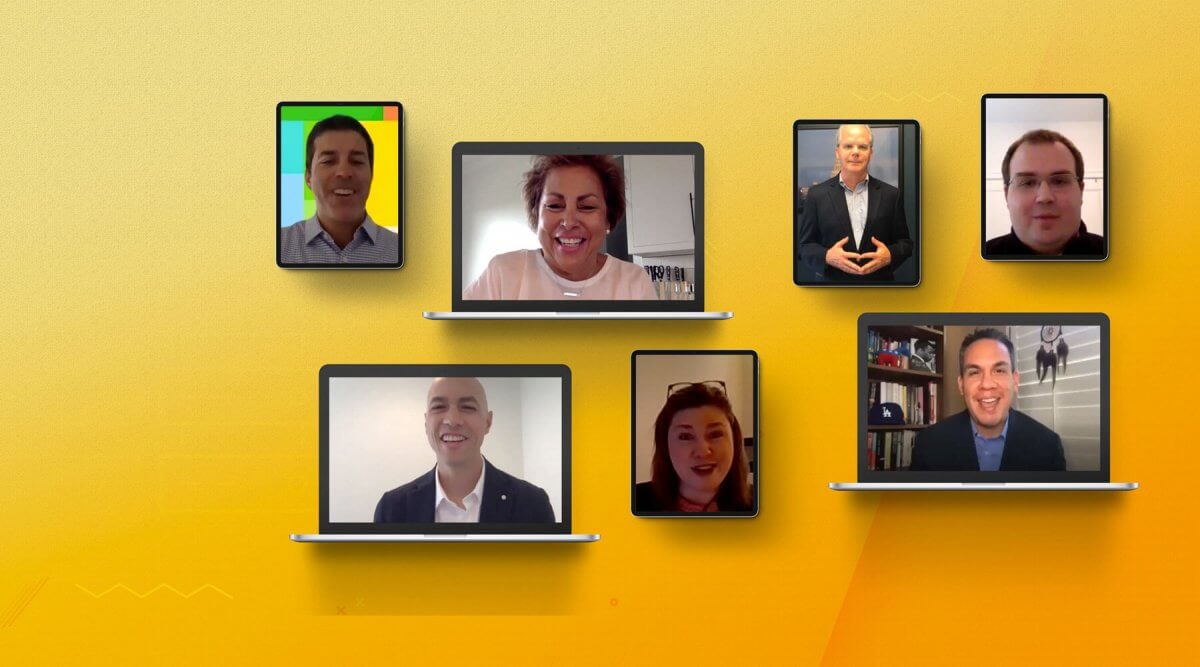18 years after Congress passed copyright legislation in 1998, it is still working effectively and as intended today. In fact, as a testament to the foresight of its authors, these laws are enabling today’s content-rich Internet platforms to operate. The laws strike a balance between facilitating free speech and creativity while protecting the interests of copyright holders.
The Digital Millennium Copyright Act creates safe harbors for Internet platforms by ensuring they will not be liable for what their users do, so long as the platforms act responsibly. For example, when platforms remove content after giving notice to the owner that it infringes on a copyright, the platforms are considered to be acting responsibly.
These smart laws allow people to post content that they have created on platforms – such as videos, reviews, pictures, and text. In essence, this is what makes the Internet great. The safe harbors enable platforms to operate at the scale necessary to create huge benefits for consumers and creators. They have fueled the creation of a booming domestic Internet economy that was worth nearly $1 trillion or 6 percent of GDP in 2014.
One sign of the safe harbors’ enduring success is the increasing number of notice and takedown requests that are received and efficiently processed. Records at the Copyright Office show that over 60,000 online providers have registered to participate. In fact, courts have ruled that it was the intent of Congress for this system to be used. What’s more, Internet companies have implemented technological solutions beyond the requirements of the law that make it easier than ever for copyright holders to combat infringement. For example, websites like Scribd and Pinterest offer one-click forms that are readily accessible.
In addition to this effective tool for combating infringement, the content industry is increasing the amount of legal services available to consumers. Only a few years ago, copyright holders were concerned that BitTorrent platforms accounted for 50 percent of Internet traffic in the United States. Now, Netflix and YouTube represent over 50 percent of prime time viewing traffic and BitTorrent traffic has dropped to single digits. In addition, studies indicate that the introduction of lawful online video and music platforms is typically followed by reductions in online infringement by 50 percent and 80 percent, respectively.
Together, the growing use of the DMCA safe harbors as an effective tool for takedowns to combat infringement and the increasing accessibility of legal online services show the content industry is winning. Perhaps the best example is YouTube – it is now a significant source of revenue for the content industry, but is also a platform that could only exist due to safe harbors.










